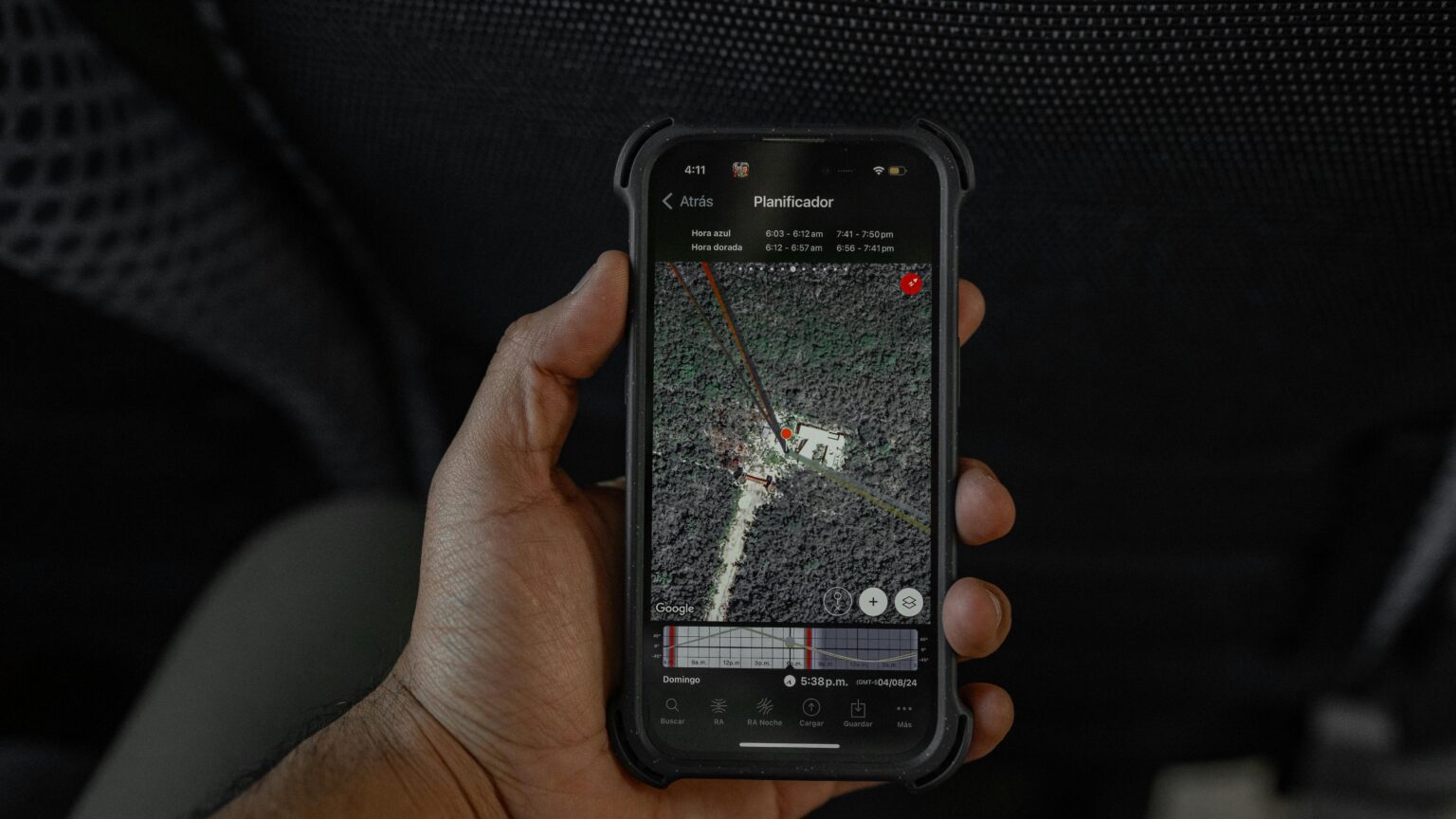In this article I will walk you through purpose and effectiveness of the tools available in the google maps route planner.
- Key Points & Google Maps Route Planner List
- 10 Google Maps Route Planner
- 1. Route Optimization
- 2. Multiple Stops
- 3. Traffic Updates
- 4. Alternative Routes
- 5. Public Transport Directions
- 6. Walking & Cycling Routes
- 7. Estimated Time of Arrival (ETA)
- 8. Offline Maps
- 9. Voice Navigation
- 10. Integration with Calendar & Contacts
- Conclusion
- FAQ
It helps in making the art of traveling more efficient by assisting with real-time route suggestions, planning with the deletion of waypoints, assisting in walking/cycling routes, and even resolving traffic.
The tool is equipped with online and offline functions greatly improving the tools daily and recreational uses.
Key Points & Google Maps Route Planner List
| Feature | Key Point |
|---|---|
| Route Optimization | Suggests fastest or shortest routes based on traffic conditions. |
| Multiple Stops | Allows adding multiple destinations in a single trip. |
| Traffic Updates | Provides real-time traffic info to avoid congestion. |
| Alternative Routes | Offers different route options for flexibility. |
| Public Transport Directions | Includes buses, trains, and subways in route planning. |
| Walking & Cycling Routes | Provides routes for walking and cycling. |
| Estimated Time of Arrival (ETA) | Displays accurate travel time based on traffic and distance. |
| Offline Maps | Lets users download maps for navigation without internet. |
| Voice Navigation | Offers turn-by-turn voice guidance while driving. |
| Integration with Calendar & Contacts | Allows planning routes directly from calendar events or saved contacts. |
10 Google Maps Route Planner
1. Route Optimization
The route optimization feature of Google Maps helps users find the best route between a given set of locations. In doing so, the feature takes distance, travel, and traffic conditions into account before coming up with an approach.
Users have the option to select routes that do not include tolls, ferries, and highways. For those that do not want to spend more time than is necessary on the road, the optimization feature is a lifesaver.
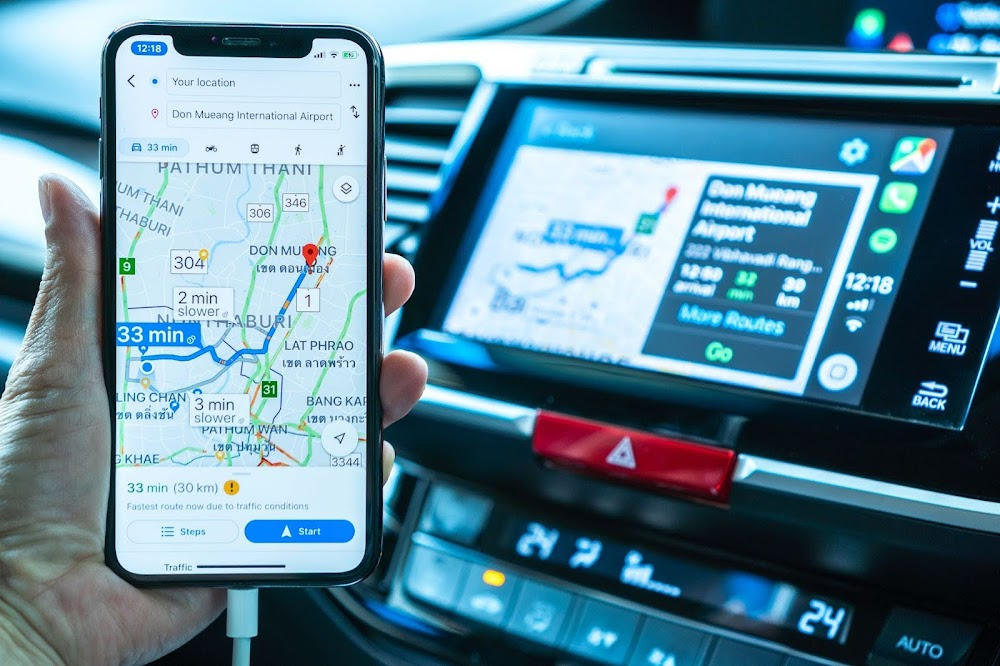
And, the Maps continue to adapt in real-time so users are updated whenever traffic borders change to ensure they get to their destination on time.
2. Multiple Stops
The multiple stops feature allows users to create journeys with multiple destinations which can all be reached in a single trip.
Instead of designing different routes for each of the stops, users can input multiple locations and Google Maps will determine the sequence of the stops in order to minimize travel time.
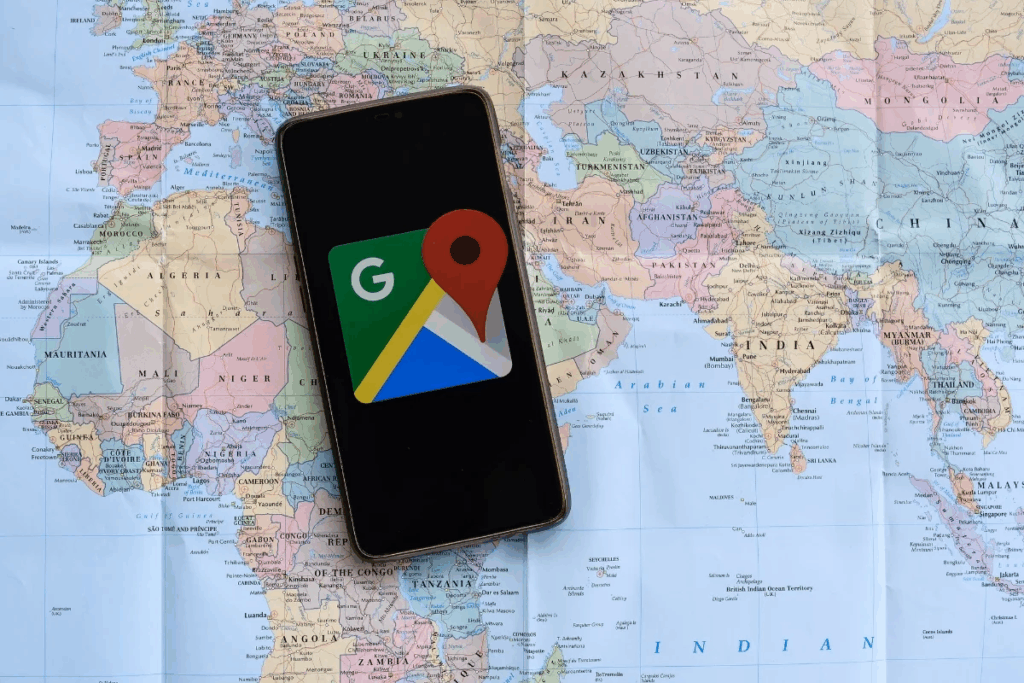
This is useful when doing errands, going on a road trip, or planning delivery routes. Stops can also be manually rearranged if users choose.
This feature calculates the time and distance in order to make travel more convenient and organized, enabling users to set time for other tasks.
3. Traffic Updates
Google Maps offers traffic forecasts and live updates. These features help navigate periods of high congestion and avoid delays.
The app collects GPS data, including from smartphones and traffic sensors, and utilizes historical analytics to provide users with real-time traffic information.
The app users can access color-coded maps that show traffic levels as clear, yellow, red, and black.
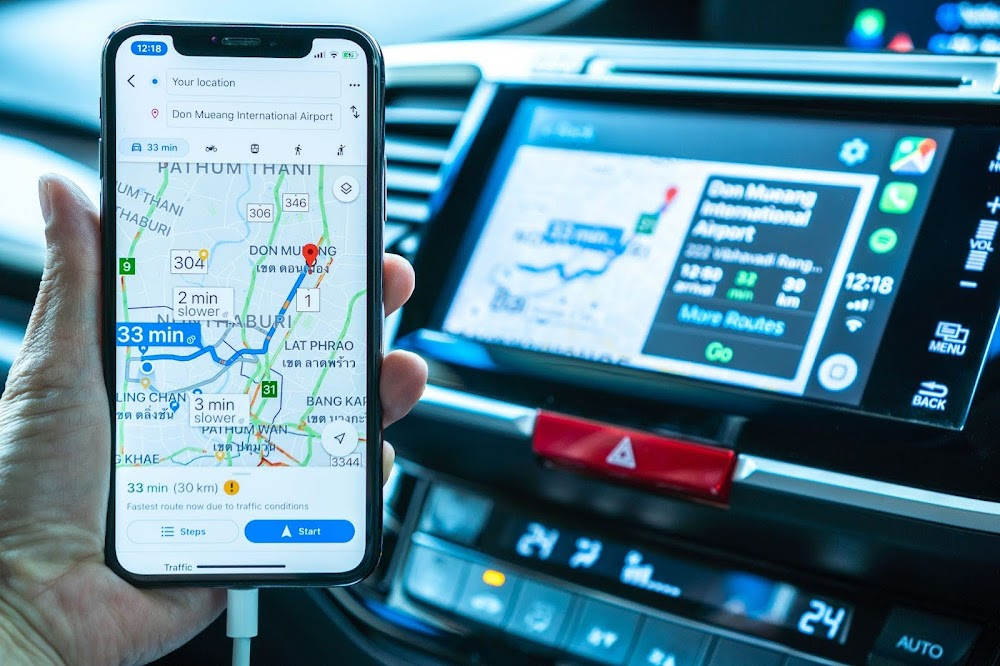
The app also learns user’s habits and traffic patterns and therefore automatically provides alternate routes whenever heavy congestion is detected.
This function is embedded within the app to improve plumber choice and comfort levels and to lower user stress.
4. Alternative Routes
Od Maps baselines travel behavior and learns the most common routes to and from work. Heavy traffic, road closures, and accidents all impact the main routes, and therefore, Google Maps will automatically suggest other possible routes.
Each of these alternate routes offers a different combination of travel time and distance. Users can select the fastest, longest, or most moderate routes, as well as the other routes to congestion or from other traffic.
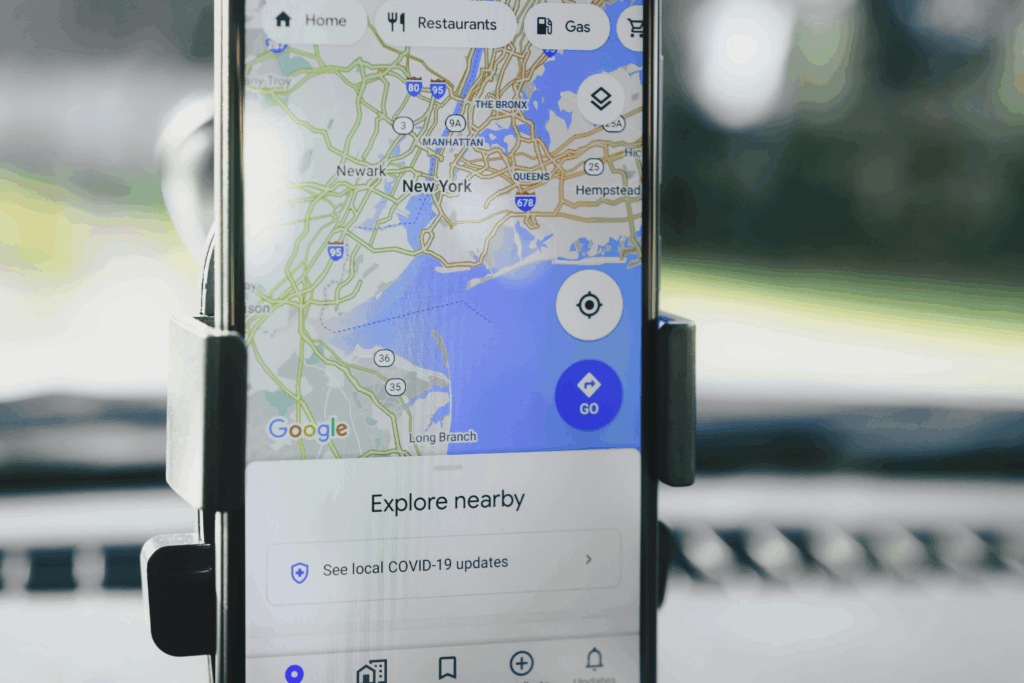
This feature is also useful for choosing other or desired travel points, including scenery, safety, or comfort. Avoiding roadblocks, tolls, or even highways is crucial for the flexibility of travel. Multiple routes that travel to the desired location can be selected.
5. Public Transport Directions
For timetables, maps, and estimated travel times on public transport and on walking transfers, Google maps has included ferries, trains, buses, subways and more.
Users find step-by-step instructions on how to travel. These include walking directions to various transport points, as well as transfers and connections to other forms of transport.
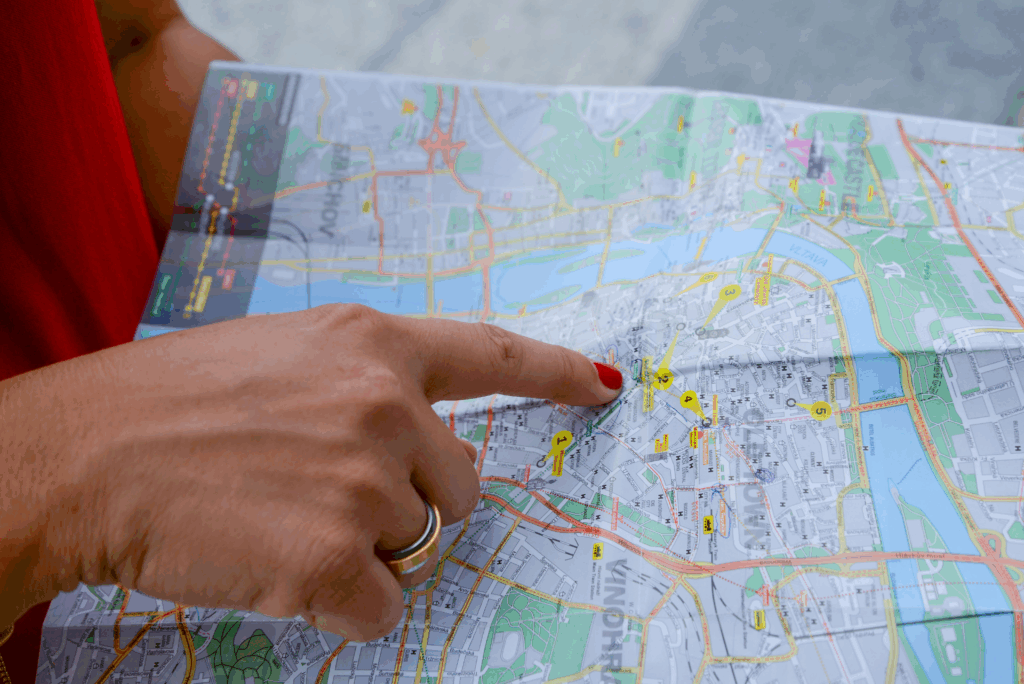
Public transport directions have real time factors integrated into the system that account for delays and other possible changes to the journey. This helps guide people who are commuting to work or leisure and tourists unfamiliar to the area.
For users to reduce the amount of cars used, they can see and select the fastest or least crowded itinerary from other transport options given. For people who want to avoid traffic, Google MAPS also indicates other suitable routes.
6. Walking & Cycling Routes
The app also provides customized cycling and walking routes. Safety, distance, and terrain are factors that are taken into account. Routes that are more pedestrian friendly have been optimized.
Cyclers have been provided clearer routes through highlighted bike trails and bike lane routes. Users are provided with the estimated time of arrival and turn-by-turn directions.

This encourages users to cycle and walk on the routes provided as a healthy use of time. The routes avoid heavy traffic and steep hills, thus making the trips more safe and efficient.
Google Maps helps users to Royal commuting through to leisure. The routes provided can be customized for advanced mobility or to improve fitness.
7. Estimated Time of Arrival (ETA)
The Estimated Time of Arrival (ETA) feature on Google Maps calculates the projected time to arrive at the desired location based on real-time traffic, the true condition of roads, and the chosen route.
If conditions change, like an increase in traffic, an accident, or the route is altered, it automatically readjusts.
This assists users in planning what time to leave and properly scheduling appointments or accurately relaying what time they will arrive.
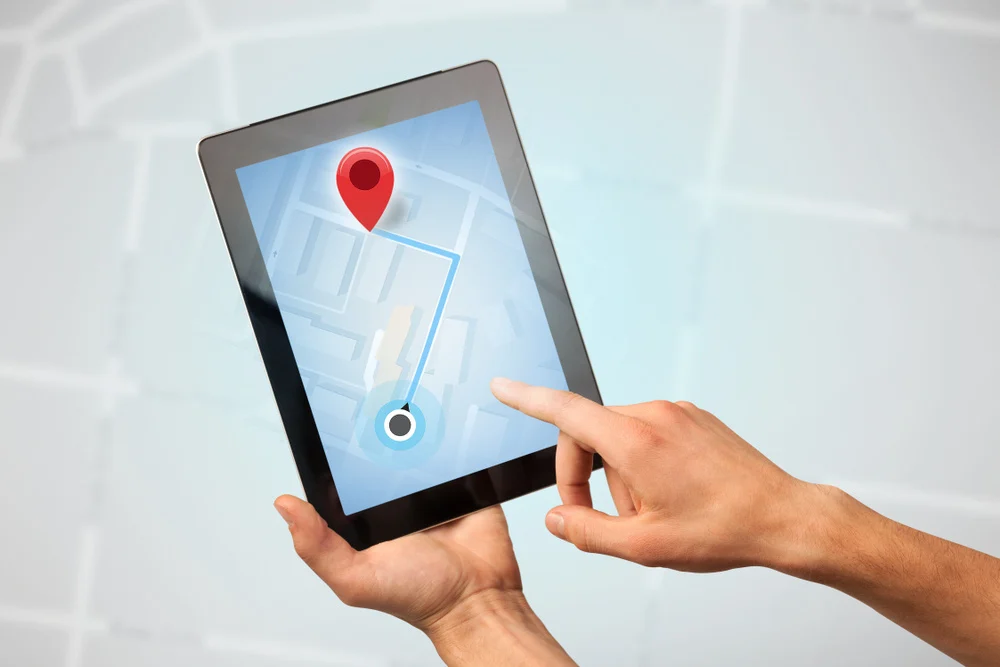
The ETA feature works on all the modes of transportation, not just driving, and includes walking, biking, and public transportation.
With the estimated time of arrival provided by Google Maps, it eliminates the guesswork, reduces the chances of lateness, and provides a seamless route whether it be a short trip or a long trip.
8. Offline Maps
Offline Maps on Google Maps allow users to download maps of particular areas that do not have internet connectivity.
After the maps have been downloaded, users can utilize them to navigate, plan the route that they will take, and search for particular points of interest all the way to the most distant corners of the world.
The offline maps have the ability to provide driving, walking, and cycling directions, but do not include real-time traffic conditions.

This is a very useful feature for people traveling to remote areas without a strong cell signal, on international flights, or wanting to save on data.
Users can take full control of their devices by updating or deleting offline maps regularly, guaranteeing that there is no obstruction to navigation no matter where they are.
9. Voice Navigation
Some people may find voice navigation quite handy. It allows for hands-free, turn by turn navigation. Google Maps speaks directions verbally, telling them what turns to take, what lanes to use, and what directions to change to at what points, which is very helpful for drivers and cyclists.
It is available in several languages and can be modified in volume and alert frequency. Voice navigation goes together with ETA, traffic updates, and alternative routes and works in real-time to provide turn-by-turn directions.
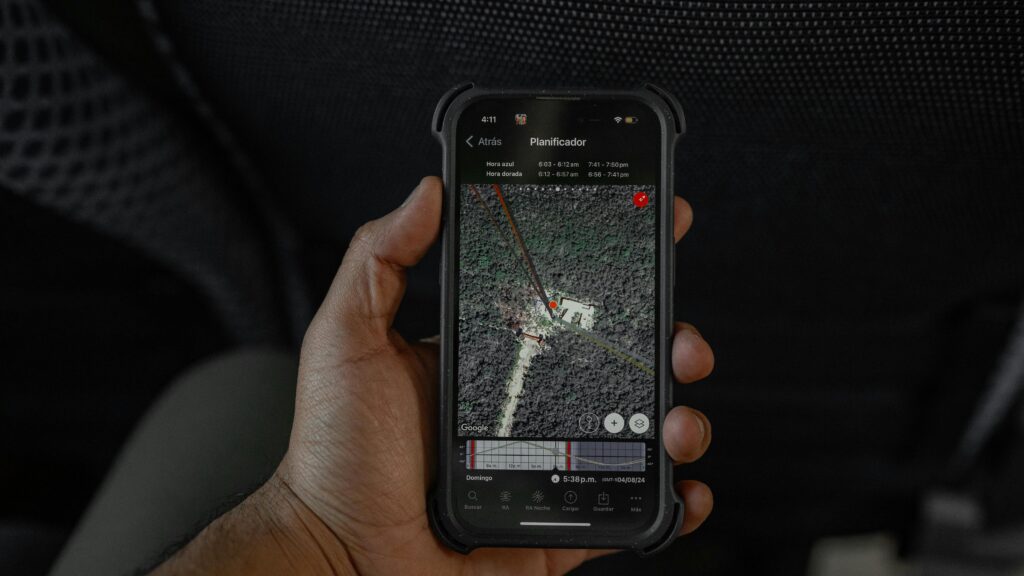
This function is helpful in improving safety, decreasing distraction, and is handy for very long drives, unknown places, and at night, in heavy traffic.
10. Integration with Calendar & Contacts
Google Maps’ integration with calendar events and saved contacts is helpful for planning navigation for a trip. Users can access calendar entries that have linked locations, and the app calculates how long the trip will take with traffic.
In the same way, addresses stored in contacts can be used to plan a trip with pre-formatted routes. This function is helpful for people who travel for work often, or for those who go to work daily

Because it allows for quick preparation for meetings, appointments, or events. It saves people a lot of time by helping them stay organized, which allows a user to arrive at their destination in a timely, and effective manner.
Conclusion
To put it simply, Google Maps Route Planner is pretty helpful when it comes to organizing your travels.
Route planning, multiple waypoints, public transport directions, live traffic updates, and even switch to walking or biking modes are all part of the comfy package.
Cross-checking calendars, controlling with speech, and offline maps serve as extra bonuses, helping save time and avoiding traffic.
FAQ
What is Google Maps Route Planner?
It’s a tool that helps plan routes for driving, walking, cycling, or public transport.
Can I add multiple stops?
Yes, you can add several destinations in one trip.
Does it provide real-time traffic updates?
Yes, it shows live traffic, congestion, and accidents.
Can I use it offline?
Yes, you can download maps for offline navigation.
Does it suggest alternative routes?
Yes, it offers different paths based on traffic or preferences.

